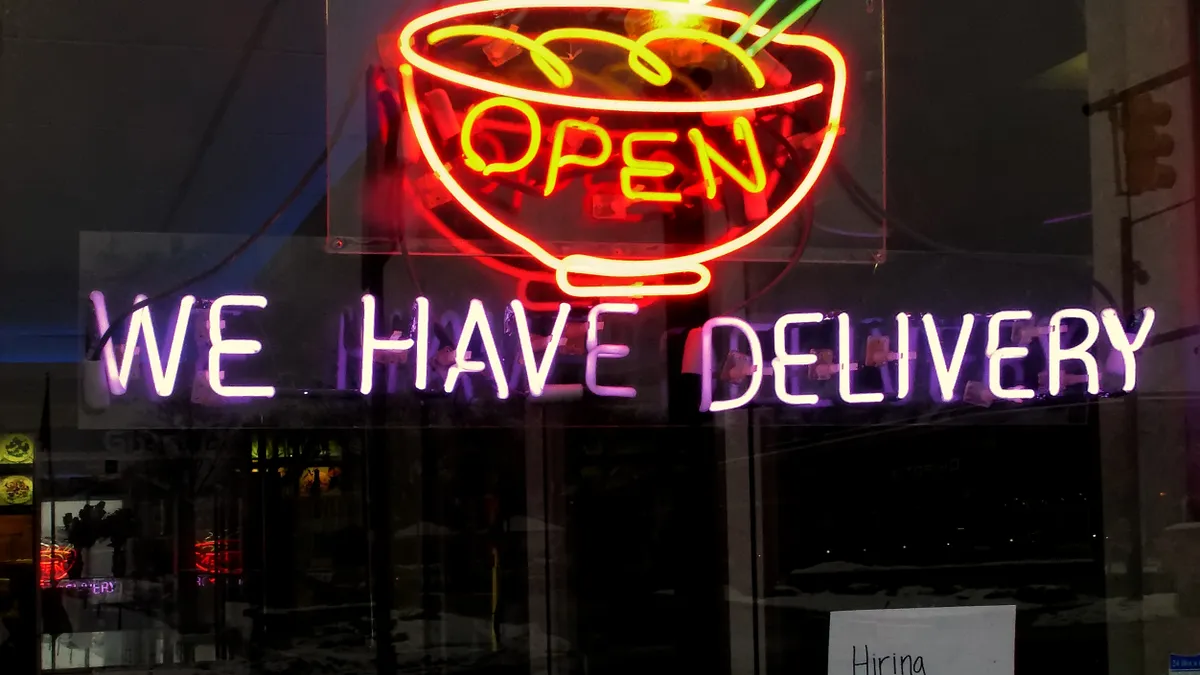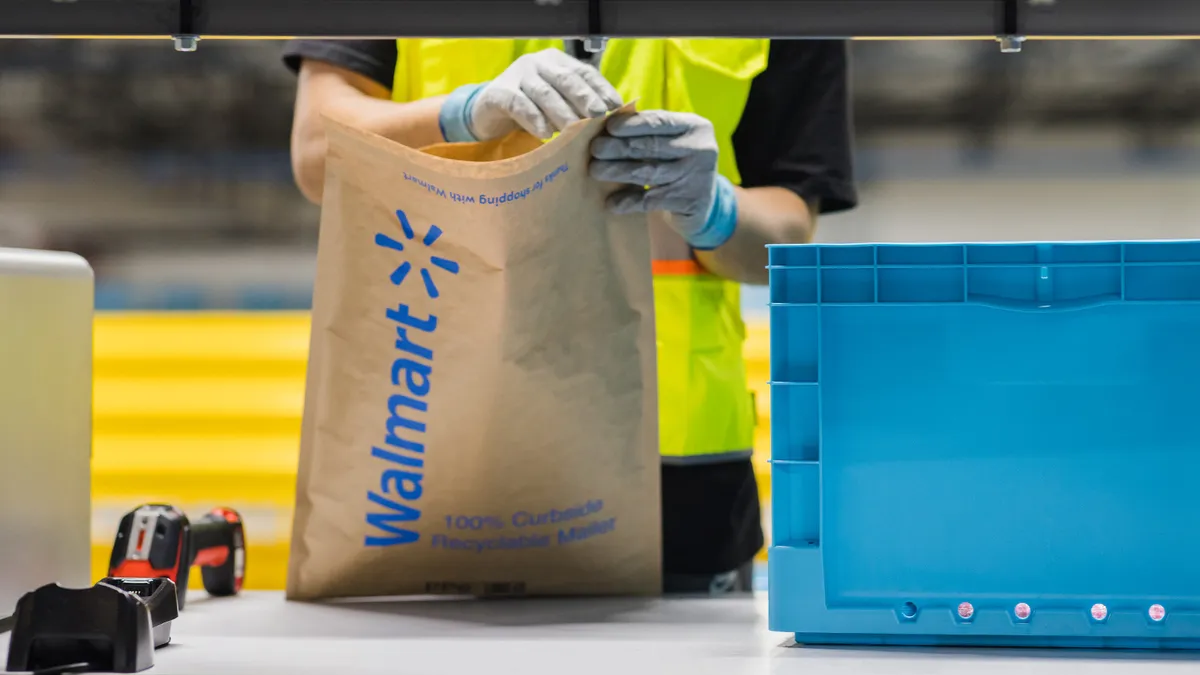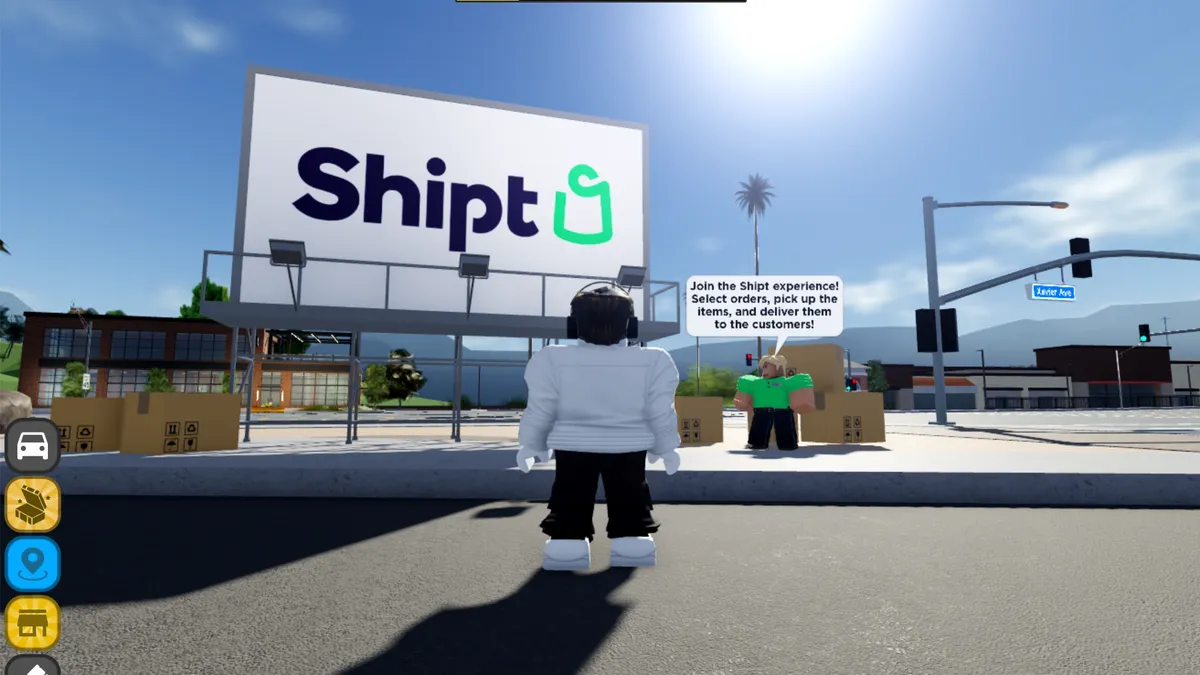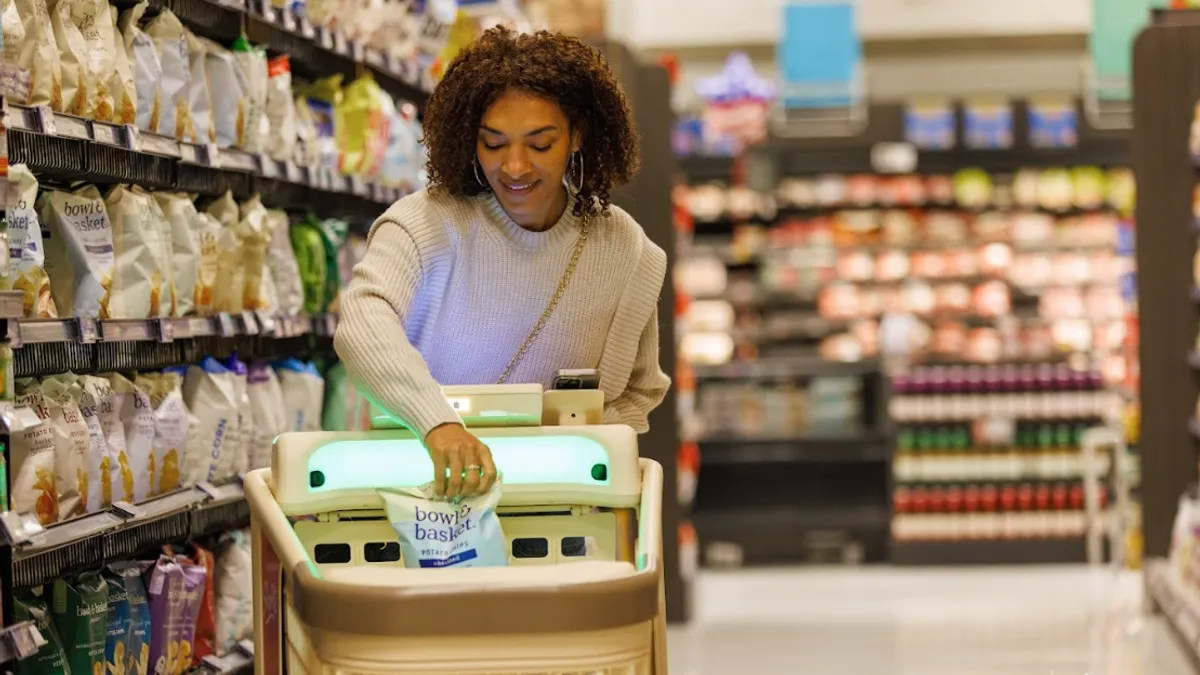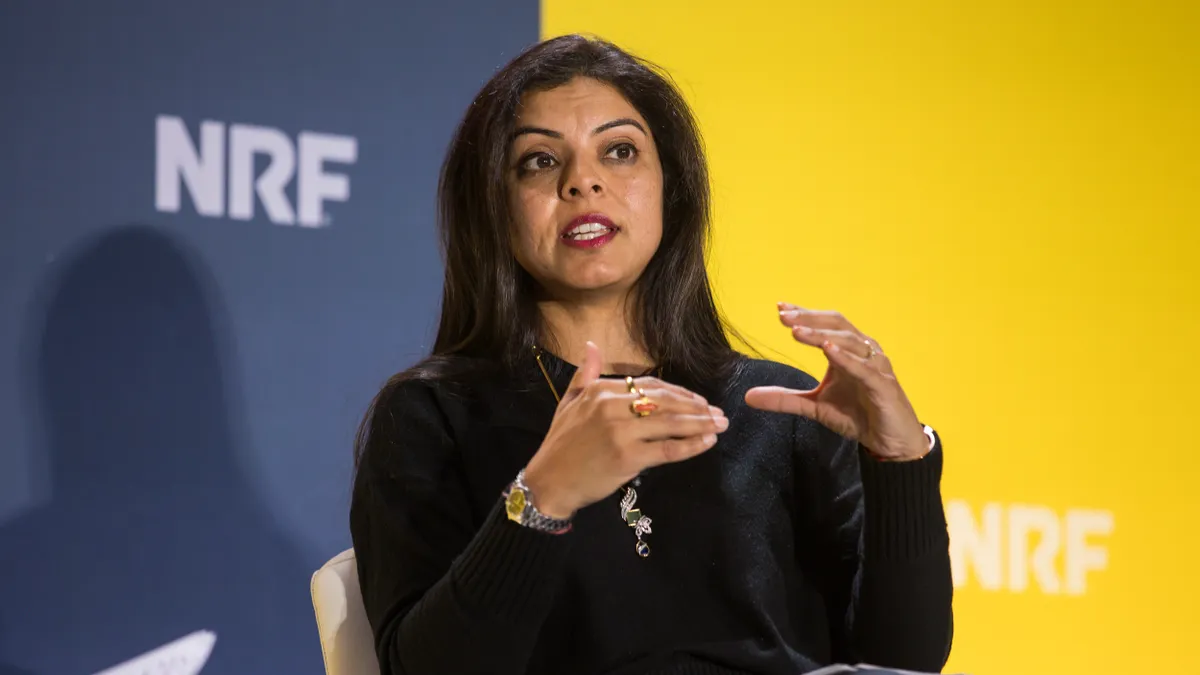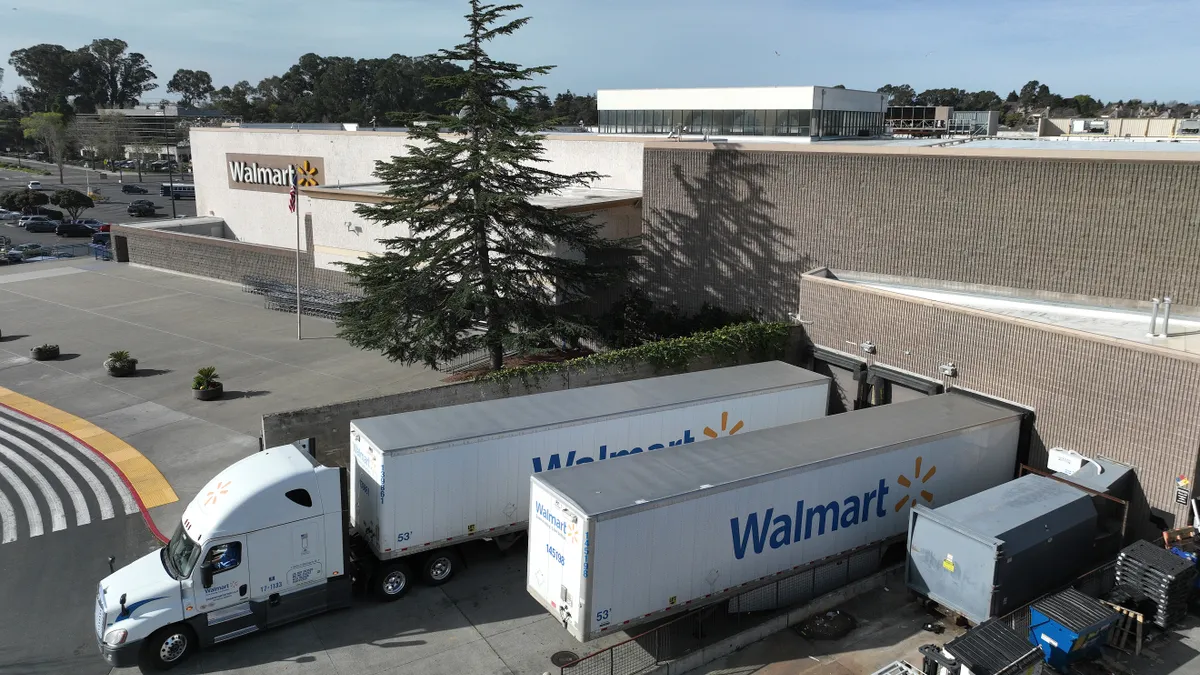When Amazon announced last week that it would launch one and two-hour alcohol and restaurant delivery in Seattle, there was something of a collective yawn, considering that Amazon, usually a first-out-of-the-gate retail disruptor, in this case has entered an increasingly crowded market.
There are so many on-demand delivery startups for alcohol, grocery, and meals (and retail purchases), that many customers in certain areas of the U.S. can now stay home or at work and have at hand just about anything they might need or want at a moment's notice.
But even as the market for these services becomes ever more crowded, many delivery startups continue to garner million dollar funding rounds, and it’s hard not to wonder where this is all going.
Who’s out there
It may be impossible to answer the question of how many food-related on-demand startups there are in this space. They — let’s say, grocery, restaurant, and alcohol — are clustered in major cities in the U.S., notably in tech hubs like San Francisco Bay Area and Seattle and foodie hubs like Chicago, New York, and Miami. It’s impossible, really, to even list all the cities they're in.
In addition to services like GrubHub, Postmates, and Peach, which work mainly for restaurants that already offer delivery, there are new startups like Deliveroo that aim to connect the hungry home- and work-bound with restaurants that don’t normally deliver.
But the list is much longer than that. While Postmates is busy in some 30 cities and grocery delivery startup Instacart is in some 17, there are dozens more — including Amazon and Uber, that could muscle out even some of the smaller companies that got there first.
Indeed, Amazon in many ways continues to drive same-day and rushed delivery in general. With its widespread Prime membership base and the nimble ways it uses data, the e-retail giant could end up leapfrogging over its competition even where it's a latecomer.
It’s also important to keep in mind that there are a bunch of in-between startups that deliver the raw ingredients for meals, with recipes, to be cooked up by the customer at home (or, again, at work). The likes of Blue Apron, Sprig, Plated, PlateJoy, and Gobble fit just betwixt “restaurant” and “grocery” and in some ways compete with both.
What’s different?
This past spring, FedEx Corp. chairman-president-CEO-and founder Frederick W. Smith rejected the notion that crowd-sourced ride service Uber should frighten him, and it sounded to some people like he thought the big difference between FedEx and startups like Deliv and Shyp is their apps.
“Uber is a great company and a great concept. And I think where the shoe fits, there’s certainly some demand for moving a package across town in Uber or Lyft or the taxi services that have been in business for a long time have been able to do that, or some of the local same day businesses,” Smith told analysts.
“But I think there’s just an urban mythology out there that the app somehow changes the basic cost input of the logistics business or changes the circadian patterns or the underlying business situation, and that’s just incorrect," Smith continued. "So great company, great concept, but I don’t think it’s likely to be a major player in the logistics business.”
And that led Deliv CEO-founder Daphne Carmeli to insist that Smith didn’t get it. For one thing, Carmeli told Retail Dive, while customers can use its app to track a package, they’re not the ones employing Deliv — retailers are.
“Fred Smith said an app is not going to change the logistics, but he’s looking at the wrong end of the app,” she said. “It’s not simply the app. It’s what the app is accessing and what the app is enabling. What he’s ignoring is a fundamental change in the supply chain. It’s not the app!”
So, can the same be said for food delivery services?
Certainly, the difference is the app, to a great extent. After all, Americans have been getting pizza and Chinese-food delivery (and even grocery delivery, actually) for decades. Anyone using these app-based services, though, to order up their cocktail mixings, their take-out, or their groceries can track the delivery in real time.
The restaurant and liquor store (or warehouse) deliveries are probably getting tracked by customers more closely — more hungrily and more thirstily — than the grocery deliveries or retail packages. But “on-demand” is exactly that, and these services connecting restaurants with patrons with quick, trackable deliveries, sometimes for what is a fairly nominal fee.
These food-delivery services are also somewhat different in that many are lining up exclusive deals with restaurants and stores. That means that, as with Deliv, which has an extensive contract with Macy’s for same-day delivery, the customer essentially equates restaurants and their delivery apps. That guarantees Postmates all the deliveries from certain restaurants, but the customer may associate the delivery (its quality, speed, expense, etc.) with the restaurant, not the service itself.
Are they making money?
Companies like Deliv and Grand Junction — which connects large retailers throughout the U.S. and Canada with local, established delivery services to offer same-day deliveries of retail purchases — are using data and logistics to maximize their potential for profits and growth (although, to be fair, neither has delineated its profit).
Others seem like they may be headed for the fate of Webvan and Kozmo — two delivery startups that garnered a lot of attention (and investment) last century. It’s true that those two didn’t have the benefit of an app. But their larger problem likely had more to do with their basic business models, which basically over-promised on speed and service at a too-cheap price.
Kozmo’s CTO Chris Siragusa, for one, this century now runs a one-hour service called Max Delivery in Manhattan and has been for ten years, growing the business slowly and—one key difference he notes—making money on every order.
It's not clear how many of today's food delivery startups are making money or close to making money, and the field is only getting more crowded. Just this week, GrubHub, which went public last April, was downgraded, due to increased competition and decreasing operating cash flow, among other factors.
Restaurant and booze deliveries don’t have the luxury that Deliv and Grand Junction’s services have, to bulk up in the morning and make deliveries later in the day. “On-demand” for those catering to the hungry and/or thirsty is not “same-day”, but “one-hour” or “two-hour.” And that could be difficult to pull off, at a profit, for many of these enterprises.
“In order to deliver on your promise of on-demand, you have to have enough resources roaming the city to meet market demand,” Marc Kuo wrote last year in a blog post titled “Why the Uber-for-X Wave Should Stop: The Case Against Everything on Demand.” “At the same time, you better have enough volume to keep everyone busy. Otherwise, you’re probably bleeding cash."



